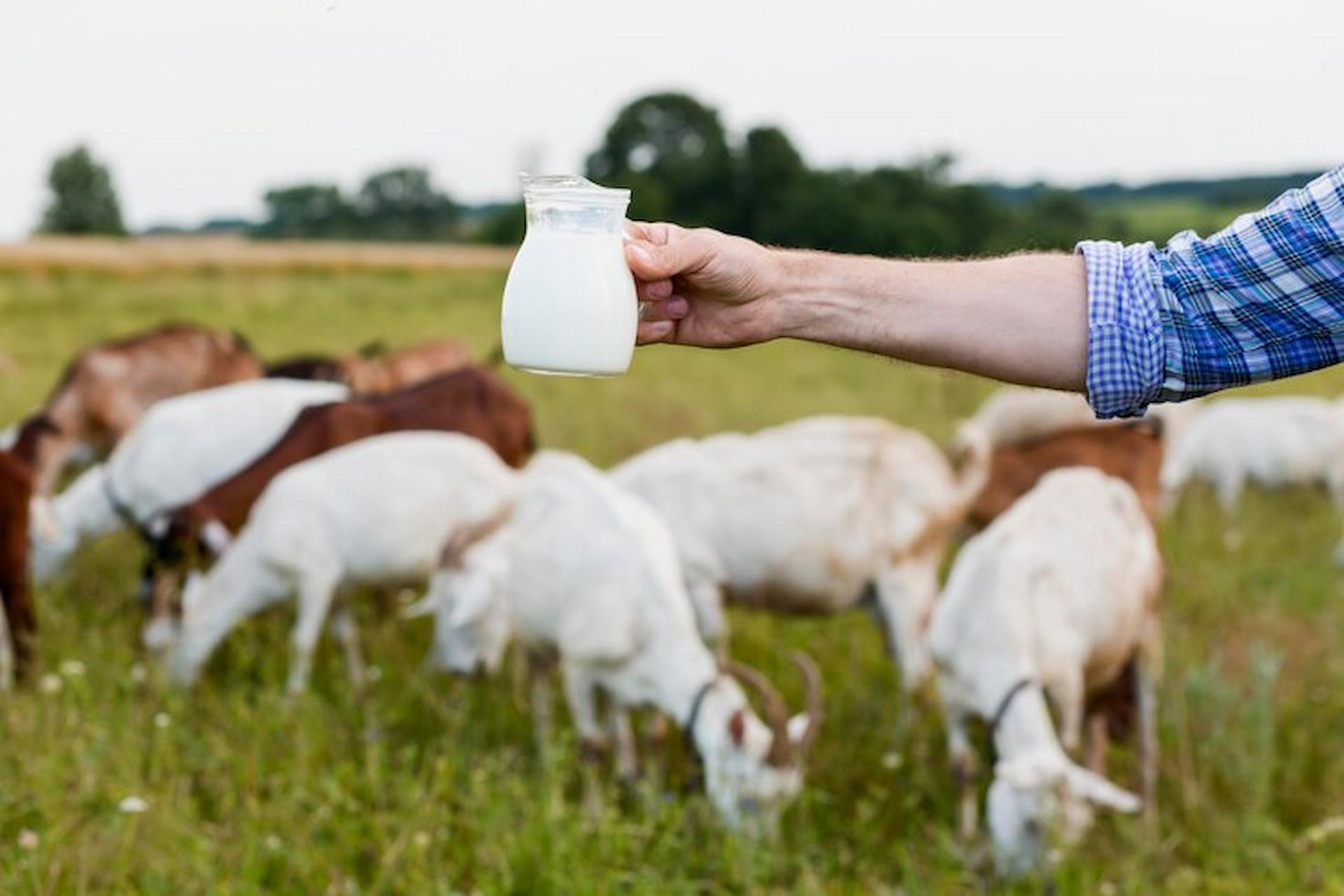The popularity of organic farming has climbed up in the recent years in response to a variety of market factors, like the desire of consumers to support businesses that are supporting the environment and to help combat climate change. Moreover, many consumers today demand food produced to higher welfare standards using less antibiotics. As Richard Ghilarducci points out, as the demand for organically produced milk increases, so does the need for more organic dairy farms.
Richard Ghilarducci talks about the organic dairy farming market of the US
The global market value of the organic dairy products was around 24 billion U.S. dollars in 2022 and is projected to grow to 36 billion dollars by 2030. The organic food market in the U.S. has additionally been increasing at a steady pace for more than a decade and had almost 62 billion U.S. dollars in sales in 2022.
Organic milk production has been one of the fastest growing segments of U.S. organic agriculture. Between the years of 2000 and 2005, the number of certified organic milk cows in the country went up an average of 25 % every year to more than 86,000 in 2005. Moreover, the number of farms that had specialization in organic milk production more than tripled between 2002 and 2007. A large number of them are smaller dairy operations that have switched to the organic method in order to enjoy greater profitability.
Certified organic milk production system depends on a range of standards and regulations that prohibit the use of hormones and antibiotics in the cow herd, as well as the use of synthetic chemicals in feed production. Certified organic milk production systems also must accommodate the natural behavioral and nutritional of the animals. For instance, organic dairies need to make sure that cows have access to pasture. Such requirements invariably add to the production expenses, and can create challenges for widespread adoption of organic practices. However, the overall profitability prospects provided by organic dairies usually make dealing with such complexes worth it.
The regional development of organic dairy production has followed a path similar to conventional dairy in the United States. Historically, conventional milk production was largely concentrated in the Upper Midwest and Northeast. This included Pennsylvania, New York, Minnesota and Wisconsin. However, over time, milk production has rapidly expanded on the major operations present in the West and South.
Organic dairy farms cropped up in many parts of the United States during the 1990s, even though the majority of organic dairies were located in the Northeast and Upper Midwest. Organic milk production was well suited to small, pasture-oriented operations in the Northeast, Wisconsin, as well as various other parts of the Midwest. In the opinion of Richard Ghilarducci, over the past decade or so, the number of States with organic milk operations has gone up significantly, with California and Oregon now being among the leading organic milk-producing States of the country. Ghilarducci is the President and Chief Executive Officer of the Humboldt Creamery Association. He had even testified before the first-ever Congressional hearing on organic agriculture and business.


